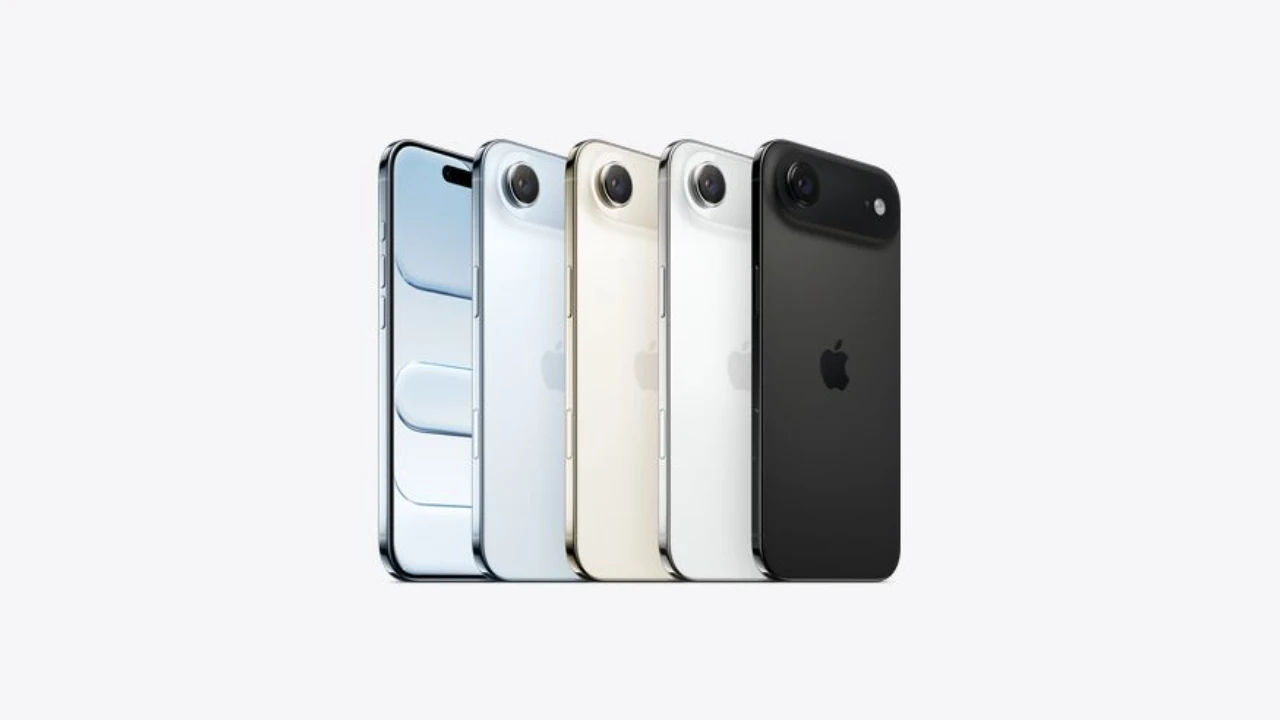Apple’s new iPhone 17 family, unveiled on September 9th, was met with unprecedented interest in the Chinese market. Despite the short launch period, initial data from the country’s leading e-commerce platforms indicate that demand far exceeded expectations, with a surprising shift toward the standard iPhone 17 model in particular. This is being interpreted as a strong signal that Apple could re-establish its position in China after the market share challenges it experienced the previous year.
The iPhone 17 was very popular, but what about the iPhone Air?
JD.com, one of China’s largest online retailers, announced that pre-orders for the iPhone 17 series reached a staggering 6 million units within the first day of opening. These figures demonstrate that Apple has maintained its loyal customer base in China and that the new series is generating consumer excitement. Tmall, another major platform, reported that pre-orders for the iPhone 17 series were three times higher than those for last year’s iPhone 16 models.

However, the most striking detail of this impressive figure emerges from the distribution of orders by model. This year marks a first for the premium segment, traditionally dominated by Pro models.
According to JD.com data, the most-ordered model, with approximately 2.7 million units, was the standard iPhone 17, the entry-level phone in the series. This was followed by the top-tier iPhone 17 Pro Max with 1.74 million units and the iPhone 17 Pro with 1.4 million units. This figure points to a significant shift in purchasing habits among Chinese consumers.
Market analysts attribute the unexpected popularity of the standard iPhone 17 to several key factors. First, Apple’s pricing strategy this year stands out. The rising costs of the Pro models and the price tags reflecting potential tariffs may have influenced consumers’ shift to the more budget-friendly standard model.
Secondly, the fact that the features offered by the standard iPhone 17 are now considered “more than adequate” is a significant factor. Apple’s integration of key improvements like the A19 chip, improved main camera, and increased battery life into the standard model makes the price difference created by the additional features in the Pro models irrelevant for many users. Economic uncertainty, particularly in China, and consumers’ more conscious spending habits are increasing the appeal of the standard model, which offers a better price-performance ratio.
The ultra-thin iPhone Air, one of the most talked-about members of the series, debuted well below expectations in the Chinese market. With approximately 260,000 units, the iPhone Air received the fewest pre-orders, and this is primarily due to the device’s support for eSIM technology.
The widespread use of physical SIM cards in China, coupled with government regulations requiring a physical SIM for identity verification, poses a major obstacle to eSIM adoption. While Apple has partnered with China Unicom to address this issue, the fact that this partnership has not yet reached all carriers and users significantly limits the iPhone Air’s potential. Analysts predict that unless these technological and bureaucratic hurdles are overcome, the iPhone Air will remain a niche product in China.
In conclusion, the iPhone 17 series’ strong debut in China has been a major morale boost for Apple. However, the standard model’s superiority over the Pro models, coupled with the challenges faced by the iPhone Air, further demonstrate the dynamic and unique nature of the Chinese market.












